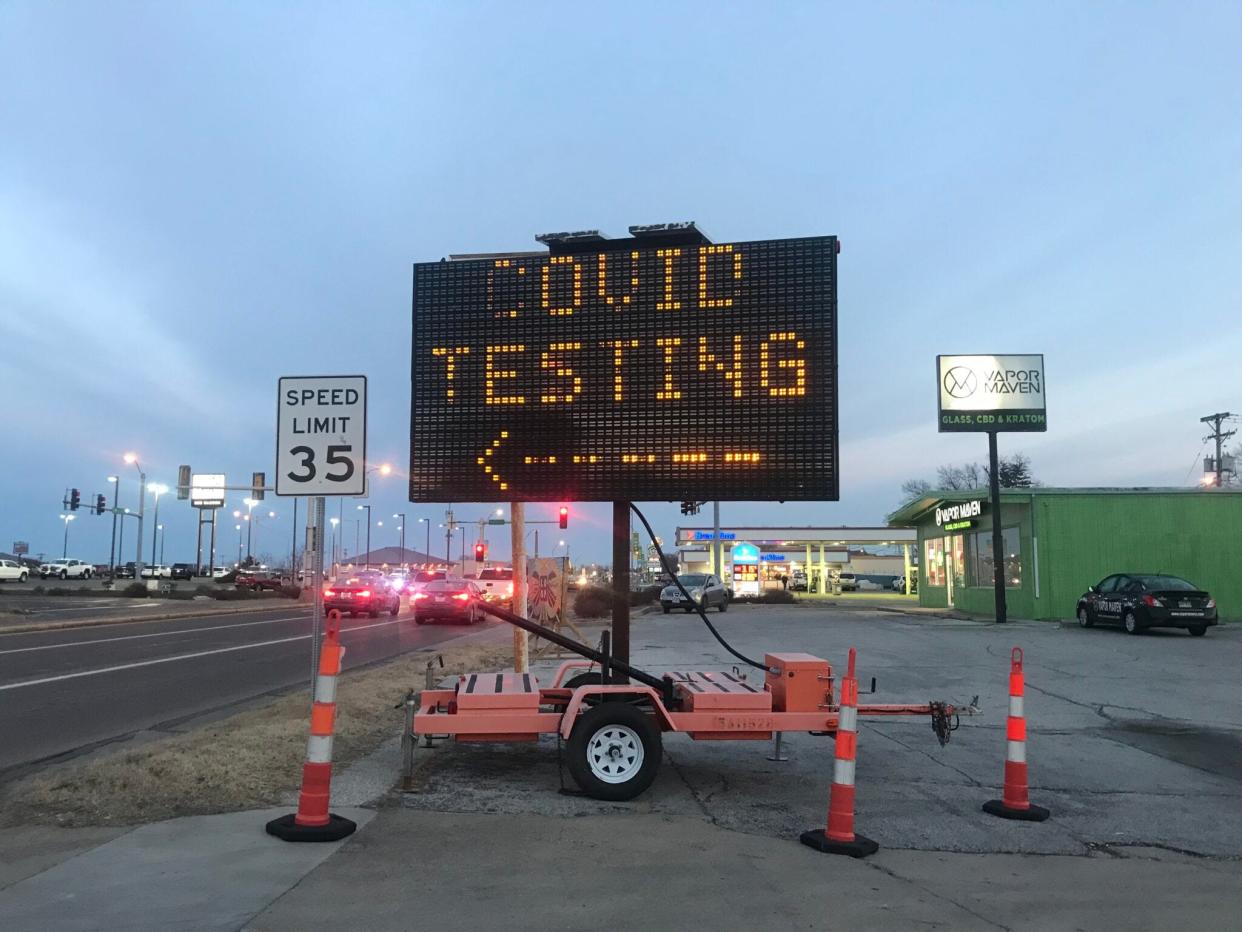MU virologist: How COVID-19 still lingers in Missouri, but can be less harmful

COVID-19 continues to spread in Missouri and Boone County, but it's been tamed, said Marc Johnson, an MU researcher who has been tracking the virus and variants in wastewater since near the beginning of the pandemic.
It may not always stay tamed, he said.
The rate of spread now is higher than it was at this time a year ago, but about ten times lower than it was a year and three months ago, said Johnson, MU professor of molecular biology and immunology.
"A lot of people are still getting COVID, but they fortunately are not getting that sick," he said.
As of Friday morning, three patients in MU Hospital tested positive for COVID, but that's not necessarily the reason they were hospitalized, said spokesman Eric Slusher in an email.
"It is important to note that a COVID positive patient could be hospitalized for reasons other than COVID, while also having a positive test for COVID," Slusher wrote.
People aren't getting sick because they've had their vaccines or they have been infected, Johnson said.
"I think nearly everyone has some immunity now," Johnson said.
The end of 2021 and the beginning of 2022 was the worst period, he said.
"We had this massive wave from December to February," Johnson said. "That was followed by some of our lowest levels. It picked up again over the summer."
"We had two or three huge peaks" of the virus last year, Johnson said.
The highest levels of the virus were on Jan. 10, 2022, with a smaller spike on July 18. It's now lower, but increasing.
Johnson works with the State's Sewershed Surveillance Project, where wastewater treatment plants collected samples to send in for testing each week. There's still good participation, Johnson said.
Treatment plants in Kansas City and St. Louis showed increases in the most recent reading. There was no change at the Columbia treatment plant. The virus also was stable at the Springfield treatment plants.
People aren't taking the precautions they once did. Masks aren't common anymore and MU Health Care this week ditched its mask requirement in its hospitals in clinics. Is it a problem?
"I think it's just human nature," Johnson said. "I think people who need to wear masks should wear masks."
Those are elderly people and those with other health conditions that make them vulnerable.
It's good that when someone is wearing a mask, no one thinks anything of it, he said.
Fascinating to him as a virologist is seeing a new mutation in India showing up in Missouri sewers a few weeks later, he said.
What are the risks of another surge?
"Everything we've seen for the last 16 months has been derived from omicron," Johnson said. "This same thing could happen again and it could be something very different from what our bodies are protected from."
And there are patients who have remain infected though they no longer have symptoms, Johnson said.
He sees evidence of previous lineages of the virus, he said.
"We know those lineages are there, because we detect them in the wastewater," Johnson said. "Patients have these chronic infections where it's replicating in their bodies and they continue to shed the virus."
Some mutation of an earlier lineage may result in a combination from which we're not as protected, he said.
If some new brand of COVID emerges, it won't be as bad as the initial onset of the pandemic, he said.
"We all have some immunity," he said.
Roger McKinney is the Tribune's education reporter. You can reach him at rmckinney@columbiatribune.com or 573-815-1719. He's on Twitter at @rmckinney9.
This article originally appeared on Columbia Daily Tribune: What COVID is doing now and what potential future risks exist

